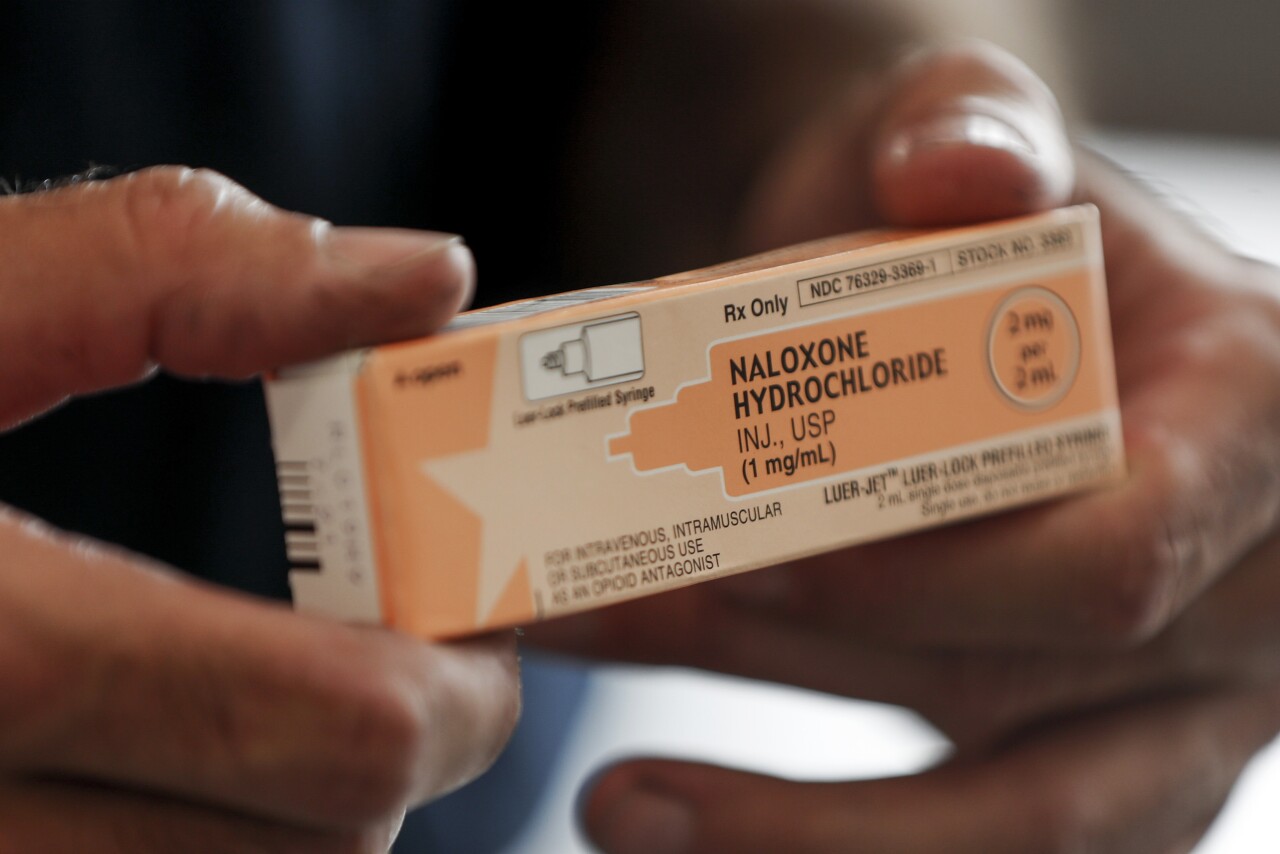March 9 marks four years since Ohio Governor Mike DeWine signed an executive order declaring a state of emergency in Ohio. It was one of the first big signs that COVID-19 would change our world.
The pandemic has also changed the lives of people who got sick and never fully recovered.
News 5 is following through with a doctor and a patient we spoke with two years ago to see what’s been learned about long COVID.

We don’t just report the initial story—we follow through to its conclusion. Read and watch our previous reporting on this story below and see more stories that we've followed through on here.
"How long is this going to last," asked Hinda Stockstill in March of 2022. "When am I going to get better?"
They are questions that Stockstill is still asking herself now, two years since we first talked.
Stockstill was a healthy 34-year-old before getting sick in the initial COVID-19 wave and then developing long COVID.
She lives in the Cincinnati area but found some healing early on at Cleveland Clinic’s reCOVer Clinic when News 5 last spoke with her.
Now, she said she is still battling.
"I have this waxing and waning of symptoms," she said. "So, I could have two or three weeks of feeling really good and feeling quite normal. Then, all of a sudden, I come down with chills, dizziness, nausea, severe migraines, and then it’s a couple weeks I struggle to get out of bed.”
Along with chronic fatigue syndrome, Stockstill has developed POTS, or postural orthostatic tachycardia syndrome, which is when your heart rate spikes after standing from sitting or lying down.
"So, I’ve been dealing with that diagnosis and trying to take care of myself while still working full-time, remotely from home," she explained.
Stockstill said COVID-19 has impacted the trajectory of her life.
"It's probably one of the worst things I’ve ever experienced," she said.
At 37, the physical and emotional toll of long COVID has been significant. She has lost friendships but made new ones, people who understand her good and bad days, she said.
"I might call you and just need support or prayers," she said. "And the new friends I’ve met have been very accepting, but when you’re sick like this with a chronic illness it’s like life kind of just starts to pass you by.”
She said the lack of answers about what’s happening in her body at a cellular level and how to fix it is frustrating.
But Stockstill finds hope in seeing others heal and knowing that research and studies are underway to improve outcomes for long COVID.
"I just keep trying with self-care and mental professional help, and help from my doctors, and support from my friends and family," said Stockstill.
"There is hope at the end of the tunnel," said Dr. David Rosenberg, medical director of University Hospitals COVID Recovery Clinic.
He has led UH’s fight against long COVID from the beginning.
Rosenberg said there’s no silver bullet yet for treating long COVID.
"It's really a diagnosis of exclusion," he said.
Meeting with patients is time-intensive and thorough, he said.
Rosenberg said COVID-19 has brought to light the adverse effects on the body of chronic inflammation from infection. He says with long COVID you treat each affected organ and body system individually.
"The number one top symptoms are chronic fatigue," he said. "There’s no question about that. Brain fog, confusion, aches and pains all over. Autonomic dysfunction is really very common, where they have unexplained tachycardia and dizziness, and sleep disorders.”
Rosenberg said they’ve treated about a thousand patients in the three years UH’s COVID clinic has been open. He said most people will get better and says staying up to date on vaccinations is critical.
"That's probably the number one thing you can do to reduce the prevalence and incidence of long COVID is prior vaccination," said Rosenberg.
In late 2023, the Census Bureau estimated that 25.6% of U.S. adults who contracted COVID-19 had experienced long COVID at some point.
In a January survey as part of an ongoing partnership with the Census Bureau, the National Center for Health Statistics found nearly 18% of U.S. adults surveyed said they had experienced long COVID. The highest percentage, just barely, was among those aged 40 to 49.
The National Institutes of Health has recently invested more than half a billion dollars to continue its work into finding ways to better prevent, test for, and treat long COVID.






